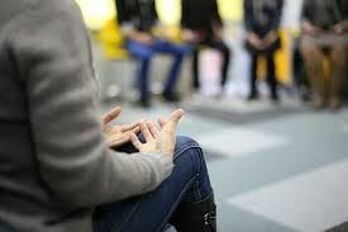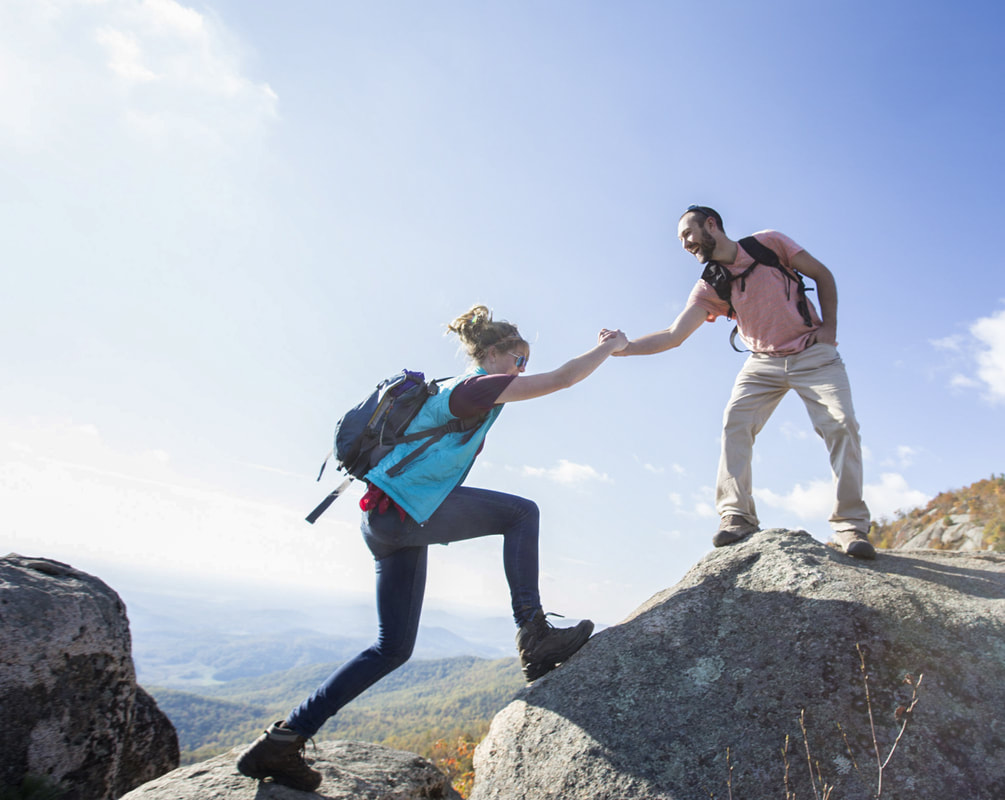Frequently Asked Questions

What is Mindfulness?
Mindfulness is a mind-body practice that has a lot of science behind. Within the sessions this becomes some of the main talking points as I explain some of the neuroscience models within sessions. Yet at it's core mindfulness focuses on the experience of living and the psychology at play in daily life, exploring how to work well with bodily emotions and mental projections. There are three strands:
1. Awareness: using mindfulness to become aware of the subtle sensations behind our impulses and learning that our thoughts and emotions are not us, but simply change moment to moment and are within our influence through a practice of calm and kind observation first. This helps us to learn listening, patience and tolerance. The primary practices here are breath and body mediation and mindful movement.
2. Empathy and Enquiry: when we have difficulty or negativity in our thoughts, bodily emotions/ sensations or behaviour we can use mindfulness tools to skilfully enquire inside and gradually learn to change states - from tension to relief and back again. This cultivates the ability to 'let go'. This is partially using the rational mind to examine and partly using breathe, words and visualisation tools with and outside of formal meditation practice. Group discussion is helpful here.
3. Acting in Alignment: taking mindfulness into our lives and using it to create positive action in our lives, expanding comfort zones and meeting goals. Or to soothe - to find ways to relax and self care when needed. Ultimately it becomes about understanding and then meeting our needs in the most harmonious way possible, letting go of negativity and focusing our minds and bodies effectively towards what we love. The main practices here could involve action plans, group discussion and home practice.
Is it Religious?
The work I do is non secular and non prescriptive. Mindfulness may have originally been inspired from some contemplative religious practices, but it is completely separate from religious texts and ceremonies. I'm careful to avoid any hint of dogma, ideology and righteous language. I do this through careful use of open language and reminders that mindfulness is only 'one way of many' to help us find balance in life, and it is not a necessity, but rather an experiential art form with scientific, evidence-backed benefits to physical and mental wellbeing.
What is spirituality and does it play a role?
The spiritual aspect of this work is akin to a sense of connection with something greater than oneself. This is subjective, and unique to each individual. In this way the practice transcends the basic ideas and becomes something more than the sum of its parts. Some people replace the word with mental; mindfulness is a mental and spiritual practice. It helps us grow connections in the mind-body and within our social communities, consciously.
In its most literal form the work spirit means air. As we breathe gasses in every moment we may find that noticing and observing breathing enhances the sense of connection to the atmosphere, to clarity and to the processes of nature and therefore 'spirit'. This may therefore enhance our own clarity of thinking and create attitudes of gratitude and harmony. The narrative I've may assign here is subjective and individual and is explored within the deeper of more experienced realms of meditation and contemplation.
Humans need meaning and connection in our lives to help us thrive, and some have cultivated a conscious ability 'choose what to believe', through visualisation and experience, combined with rational contemplation (including research). This provides us with with well being on a deep level, aligning values and actions. This is not a necessary component when beginning meditation or mindfulness practice. It is something individuals explore over time, through thinking, research and feeling. My guidance is focused only on the mind-body aspects of awareness, empathy, enquiry and positive action. People come to their own conclusions about these wider aspects.
So what happens in the sessions?
Have a look at the first question, come talk to me or check out this blog to see.
Mindfulness is a mind-body practice that has a lot of science behind. Within the sessions this becomes some of the main talking points as I explain some of the neuroscience models within sessions. Yet at it's core mindfulness focuses on the experience of living and the psychology at play in daily life, exploring how to work well with bodily emotions and mental projections. There are three strands:
1. Awareness: using mindfulness to become aware of the subtle sensations behind our impulses and learning that our thoughts and emotions are not us, but simply change moment to moment and are within our influence through a practice of calm and kind observation first. This helps us to learn listening, patience and tolerance. The primary practices here are breath and body mediation and mindful movement.
2. Empathy and Enquiry: when we have difficulty or negativity in our thoughts, bodily emotions/ sensations or behaviour we can use mindfulness tools to skilfully enquire inside and gradually learn to change states - from tension to relief and back again. This cultivates the ability to 'let go'. This is partially using the rational mind to examine and partly using breathe, words and visualisation tools with and outside of formal meditation practice. Group discussion is helpful here.
3. Acting in Alignment: taking mindfulness into our lives and using it to create positive action in our lives, expanding comfort zones and meeting goals. Or to soothe - to find ways to relax and self care when needed. Ultimately it becomes about understanding and then meeting our needs in the most harmonious way possible, letting go of negativity and focusing our minds and bodies effectively towards what we love. The main practices here could involve action plans, group discussion and home practice.
Is it Religious?
The work I do is non secular and non prescriptive. Mindfulness may have originally been inspired from some contemplative religious practices, but it is completely separate from religious texts and ceremonies. I'm careful to avoid any hint of dogma, ideology and righteous language. I do this through careful use of open language and reminders that mindfulness is only 'one way of many' to help us find balance in life, and it is not a necessity, but rather an experiential art form with scientific, evidence-backed benefits to physical and mental wellbeing.
What is spirituality and does it play a role?
The spiritual aspect of this work is akin to a sense of connection with something greater than oneself. This is subjective, and unique to each individual. In this way the practice transcends the basic ideas and becomes something more than the sum of its parts. Some people replace the word with mental; mindfulness is a mental and spiritual practice. It helps us grow connections in the mind-body and within our social communities, consciously.
In its most literal form the work spirit means air. As we breathe gasses in every moment we may find that noticing and observing breathing enhances the sense of connection to the atmosphere, to clarity and to the processes of nature and therefore 'spirit'. This may therefore enhance our own clarity of thinking and create attitudes of gratitude and harmony. The narrative I've may assign here is subjective and individual and is explored within the deeper of more experienced realms of meditation and contemplation.
Humans need meaning and connection in our lives to help us thrive, and some have cultivated a conscious ability 'choose what to believe', through visualisation and experience, combined with rational contemplation (including research). This provides us with with well being on a deep level, aligning values and actions. This is not a necessary component when beginning meditation or mindfulness practice. It is something individuals explore over time, through thinking, research and feeling. My guidance is focused only on the mind-body aspects of awareness, empathy, enquiry and positive action. People come to their own conclusions about these wider aspects.
So what happens in the sessions?
Have a look at the first question, come talk to me or check out this blog to see.
